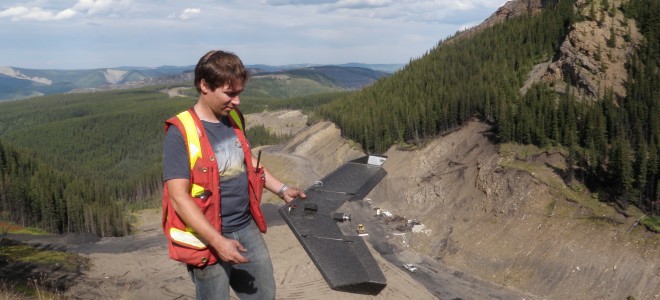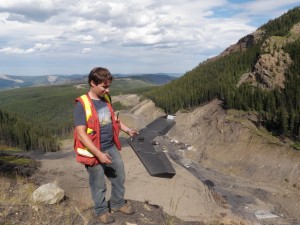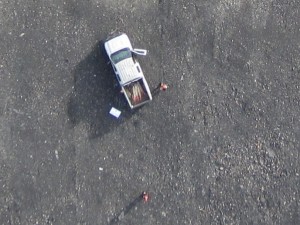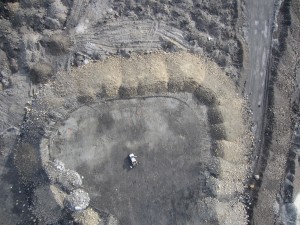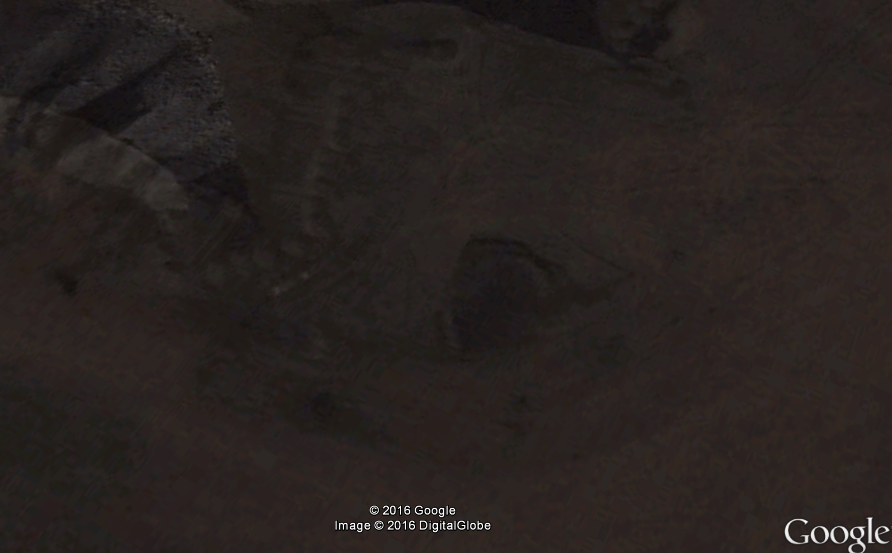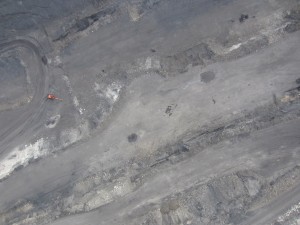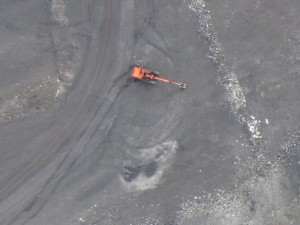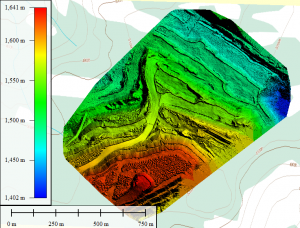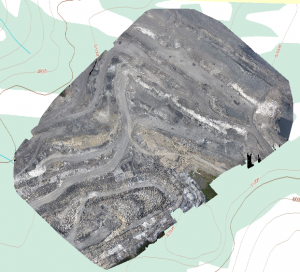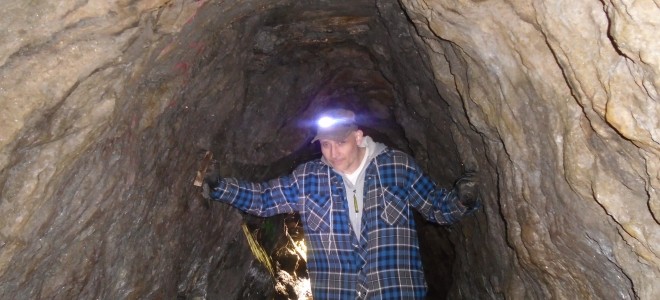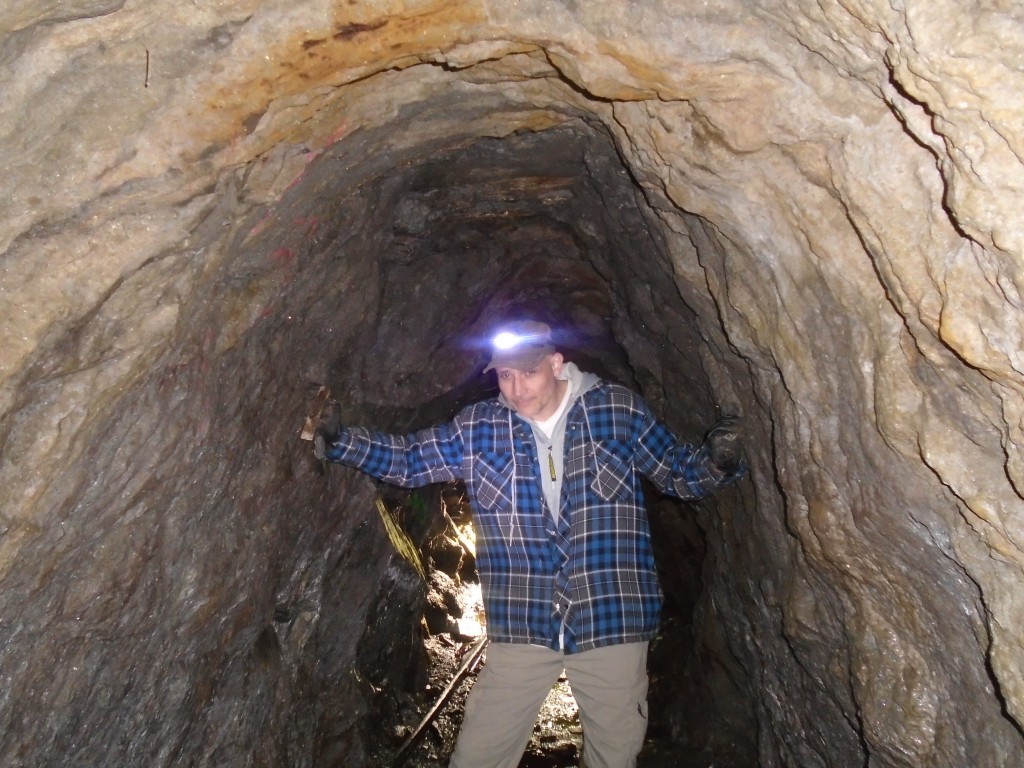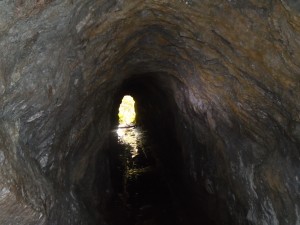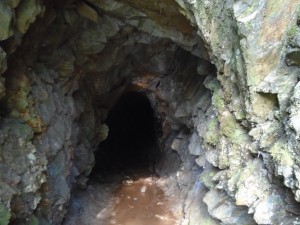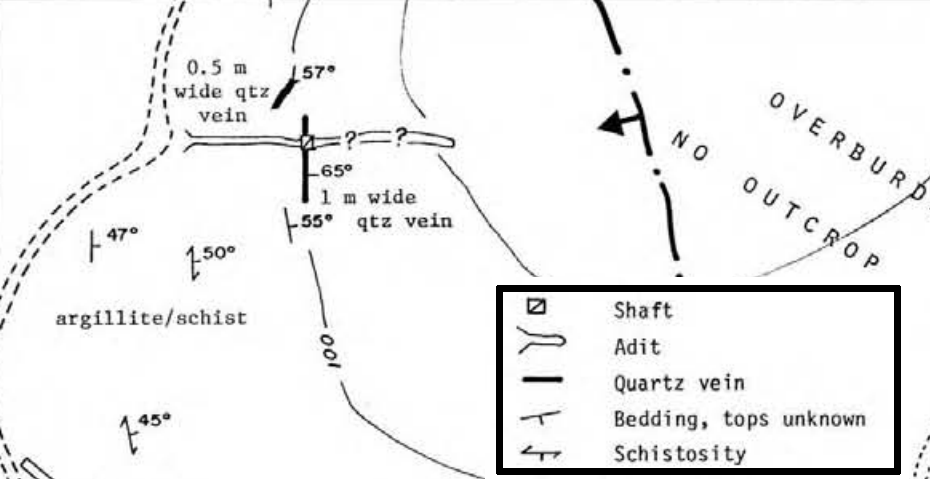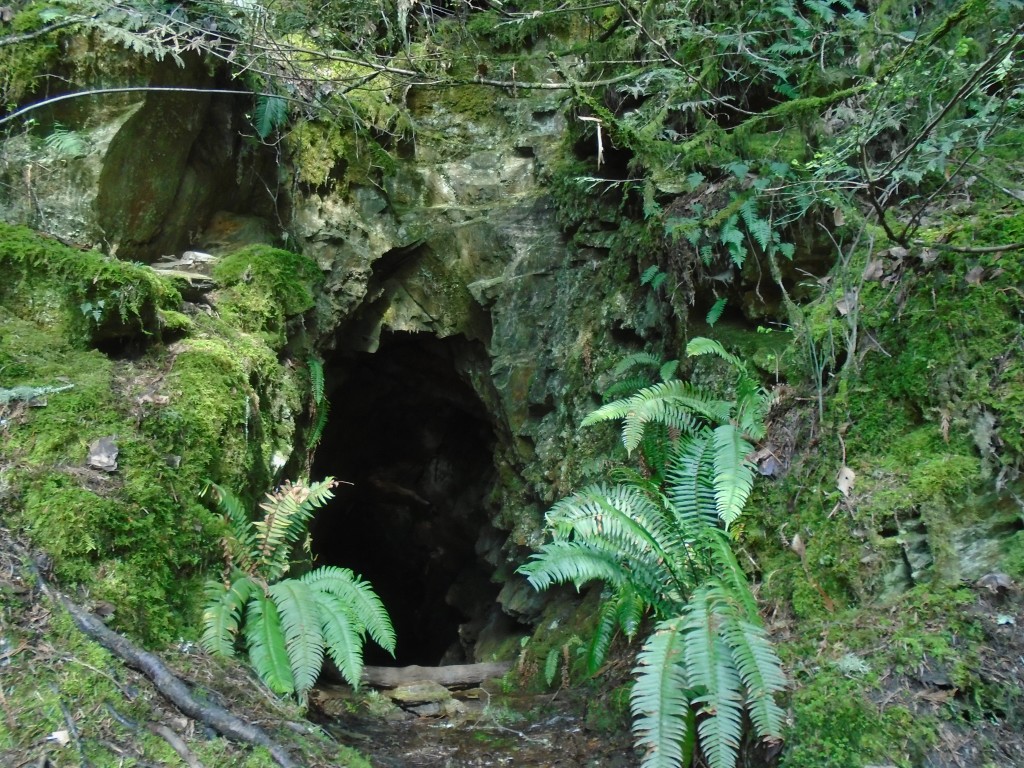West Coast Placer was contracted to conduct high resolution aerial drone mapping of a coal mine in Alberta, Canada. We were hired by the environmental department to map two parts of the coal mine to aid in their reclamation efforts. We produced high resolution imagery and 3D models.
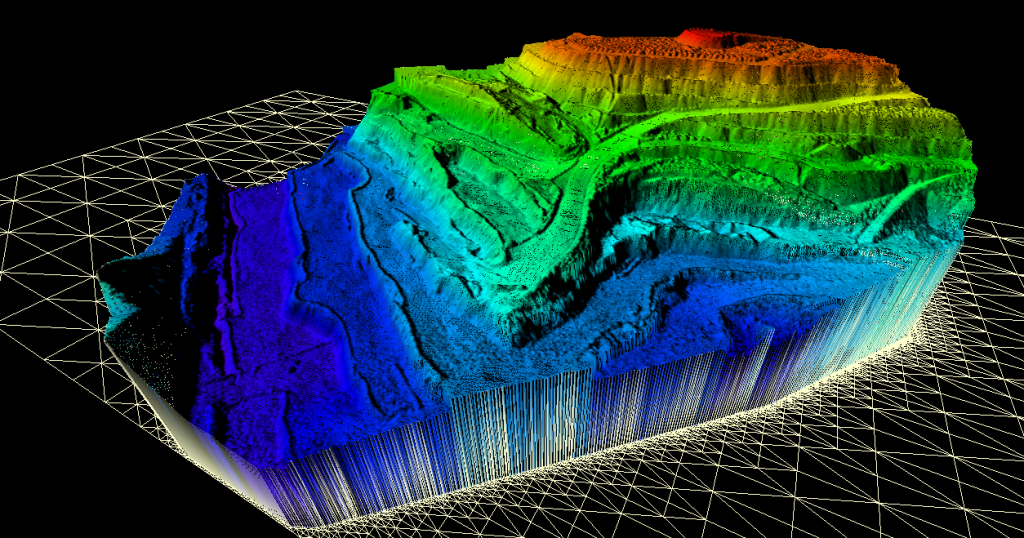
With our fixed wing mapping drone we were able to produce several custom mapping and imagery products. We made a beautiful high resolution orthophoto, a digital surface model (DSM) with topographical accuracy up to 30cm, a LAS format point cloud and one more 3D model. We were also able to format the 3D data so that it could be used in their mine planning software (Minesight).
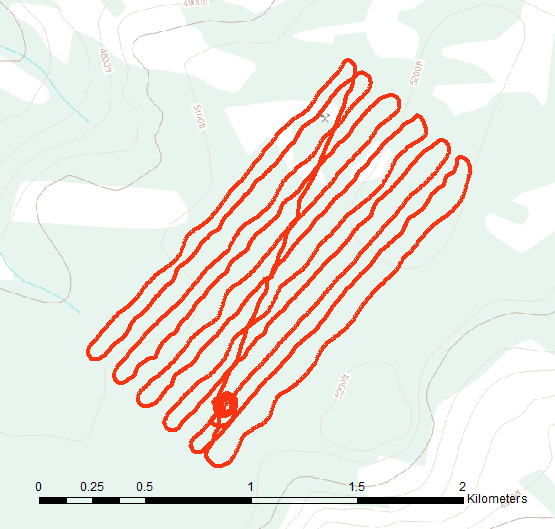
The photo quality on the still photos and orthomosaic was outstanding. We were able to achieve an image resolution on the georeferenced mosaic of 4cm/pixel. That means that each pixel in the photo represents a real world footprint of 4cm by 4cm. That kind of resolution cannot be matched by current satellite imagery providers. Actually they are not even in the same league. The best satellite imagery that you can buy today is provided by WorldView-3 satellite and has a resolution of 31cm/pixel. It also costs a lot of money. Google Earth come in at a pitiful 65cm/pixel in the best locations.
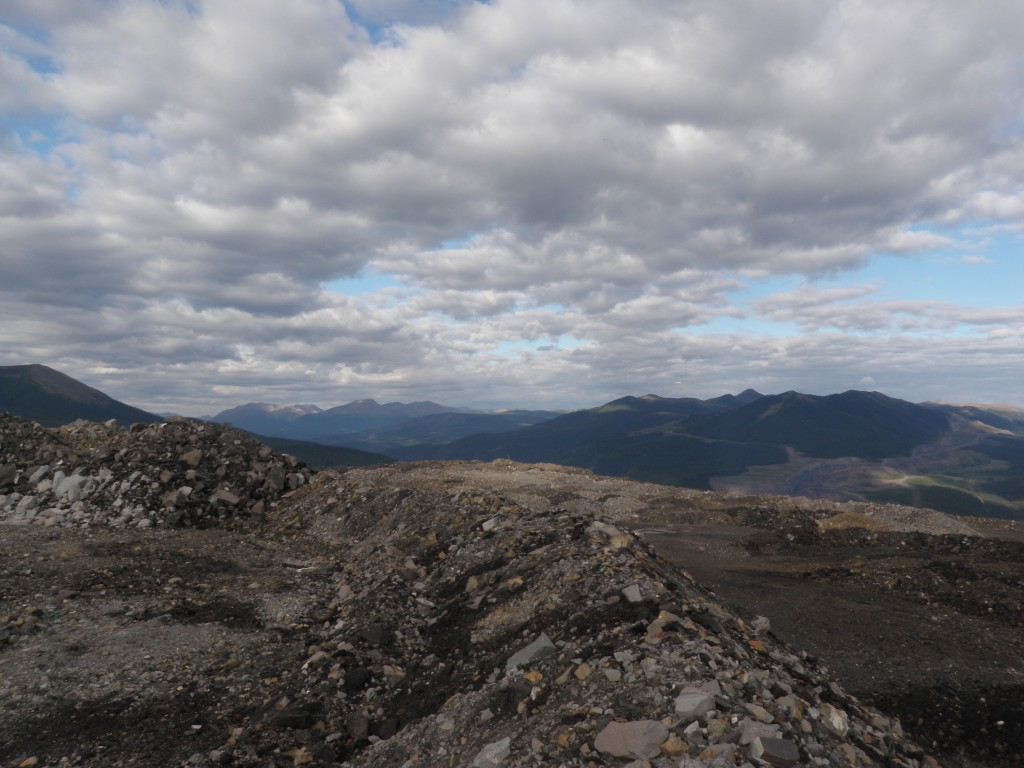
Here are some examples of our imagery. First is a shot of the truck that we used as a base station for the drone. You can clearly see the truck, the two operators and even the pickets in the bed of the truck. You can click on these images for a larger view.
Here are a couple more shots from the same flight. You can clearly see this orange excavator and other details.
Drone technology is just making it’s way into the mining world. With the low cost and amazing imagery it is a no brainer for many applications. In the case of this coal mine the environmental team now has excellent data to aid in their reclamation planning that would not have been available only a couple years ago. Check out this post on drone applications in mining.
Our client was very happy with the products that we produced especially for the price. Check out our Drone Services page for details on pricing.

